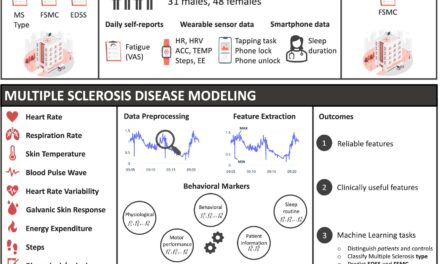In a significant shift for heart disease prevention, millions of Americans currently on statin medications might soon learn from their doctors that they no longer need to take them. This anticipated change is driven by the adoption of a new risk calculator introduced by the American Heart Association (AHA) last year.
The new calculator, known as the Predicting Risk of Cardiovascular Disease Events (PREVENT) equations, was used in a recent study to reassess the heart disease risk of adults aged 40-75. This study, leveraging data from the CDC’s National Health and Nutrition Examination Survey conducted between 2017 and 2020, revealed that the risk of developing atherosclerotic heart disease within a decade is now estimated to be half of what was previously projected.
A Closer Look at the Findings
The current guidelines, which recommend statins for over 45 million Americans, are based on a 2013 risk calculator called the pooled cohort equations. However, the new PREVENT equations suggest a substantial reduction in the number of people who actually need these drugs. The study found that using the 2023 calculator decreased the average 10-year heart disease risk from 8% to 4.3%, consequently reducing the number of adults eligible for statins from 45.4 million to 28.3 million. This means 17.3 million fewer adults would be recommended statins, including 4.1 million who are currently on the medication.
Why the Change?
The substantial difference between the old and new calculators can be attributed to several factors. The data for the 2013 version was derived from studies conducted between the 1960s and 1990s, whereas the 2023 equations utilize more recent and comprehensive data, primarily from electronic health records. Dr. Sadiya Khan, a professor of cardiovascular epidemiology at Northwestern University Feinberg School of Medicine, highlighted that the increased use of statins and other preventive measures over the years has significantly altered heart disease risk profiles.
Additionally, the new calculator includes updated risk factors such as kidney function and blood sugar levels, and it excludes race as a factor, recognizing that there are no biological differences between races. The study did note, however, that Black individuals, who face higher rates of hypertension and diabetes, showed a more significant reduction in estimated risk.
Implications for Future Guidelines
Given these findings, there is a call for the AHA and the American College of Cardiology to review and potentially update their guidelines for heart disease prevention. Dr. Jeremy Sussman, a study co-author, emphasized that the results warrant a re-evaluation of current recommendations. Timothy S. Anderson, the study’s lead author, anticipates that new guidelines for primary prevention of cardiovascular disease might follow updates to high blood pressure and cholesterol guidelines expected later this year and in 2025.
The Broader Context
Dr. Khan stressed that despite potential changes to statin recommendations, the broader issue of undertreatment in cardiovascular care remains. Many people who could benefit from statins and other preventive measures are not receiving them, often due to unequal access to healthcare. She advocates for societal efforts to make these medications more accessible, possibly even free, given their significant benefits in preventing the leading cause of death in the United States.
Conclusion
The introduction of the PREVENT equations marks a pivotal moment in cardiovascular health, potentially reducing the number of people on statins and prompting a reassessment of heart disease prevention guidelines. As the medical community evaluates these findings, the focus remains on ensuring that all individuals receive appropriate and effective preventive care.












